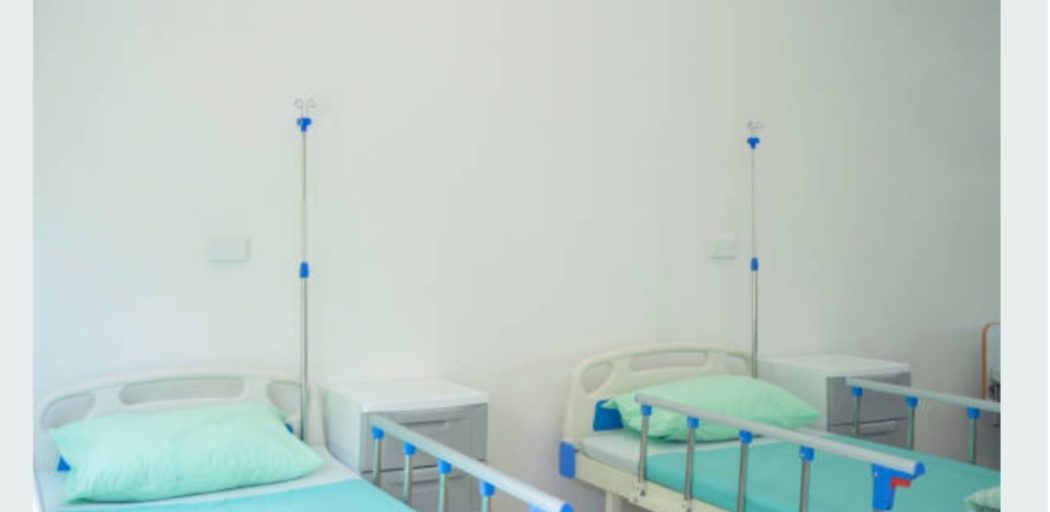Ripple mattresses are designed to help prevent and treat bedsores, also known as pressure ulcers, by constantly changing pressure points to improve blood circulation and reduce the risk of tissue breakdown.
These mattresses are usually made of air cells that inflate and deflate in a sequential pattern, creating a ripple effect that helps distribute pressure more evenly across the body. They are often used in hospitals, nursing homes, and for bedridden patients at home.
Here are 3 Tips in choosing the right ripple mattress for bedsores;
(1) Body weight of the patient
The Bubble Ripple Mattress can support patients up to 80 kg and it is suitable for short-term usage and in those with low-risk assessment.
The Tube Ripple Mattress can support patients up to 120 kg and it is more for long-term usage for medium to higher risk assessment. Exceeding the maximum weight capacity of the ripple mattress will reduce its efficiency of the ripple mattress in preventing bedsores. A patient who exceeds the weight limit should be moved to an appropriate ripple mattress.
(2) Patient’s mobility
For completely immobile patients, the use of alternating pressure ripple mattress is important in preventing bedsores. This type of mattress inflates and deflates by a motor pump alternating the air pressure inside the mattress creating a wave movement that stimulates blood circulation.
In situations where the patient is bedridden and requires round-the-clock care, caregivers do not have to turn patients every hour if the patient is on a ripple mattress. The ripple mattress reduces the physical strain on the caregivers to turn the patient and it also frees up the caregivers’ time for other matters.
(3) Severity of the bedsore
Before purchasing and using a ripple mattress, you should first establish the severity and risk of developing bedsores. Generally speaking, the greater the severity or risk, the higher performance ripple mattress you will need. There are two types of alternating pressure ripple mattresses, which are the bubble type mattress which is more suitable for individuals with low risk of bedsores or with stage 1 bedsores. The tube-type ripple mattress is more suitable for more severe bedsores. Although it is said that the tube ripple mattress is for heavier patients, patients below 80kg can still opt to use the tube ripple mattress if they are at a high risk stage. Another advantage of the tube-type ripple mattress is that the tube can be replaced if punctured or damaged while the bubble is a one-piece.
Stages of Bedsores
Bedsores, also known as pressure ulcers or decubitus ulcers, are categorized into four stages based on their severity. Here is an overview of each stage:
Stage 1: At this stage, bedsores are the mildest and affect the top layer of the skin. The skin appears red, but it does not break or form an open wound. The area may feel warm, firm, or soft compared to the surrounding skin.
Stage 2: Stage 2 bedsores involve damage to the outer and deeper layers of the skin. The sore may appear as a shallow open wound or a blister. The surrounding skin may be red and irritated.
Stage 3: At this stage, the sore extends into the fatty tissue beneath the skin. The wound is deeper and may resemble a crater with more extensive tissue damage. The risk of infection increases at this stage.
Stage 4: Stage 4 bedsores are the most severe and extend deep into the muscle, bone, or supporting structures. The wound is often large and can expose tendons, muscles, and bones. There is a high risk of infection, and healing may be challenging.
It’s essential to monitor and prevent bedsores by regularly repositioning individuals at risk, ensuring proper nutrition and hydration, keeping the skin clean and dry and using support surfaces like special mattresses or cushions. If you notice any signs of bedsores, it’s crucial to seek medical attention promptly.
When to see a doctor
If you notice warning signs of bedsores such as redness and sore to the touch, change your position to relieve the pressure on the area. If you don’t see improvement in 24 to 48 hours, contact your doctor. If you are already using a ripple mattress but your bedsores worsen, contact your doctor.
Seek immediate medical care if you show signs of infection, such as a fever, drainage from a sore, a sore that smells bad, changes in skin color, warmth or swelling around a sore.
________________________________
Are you looking for where to buy high quality medical equipment and supplies?
Visit our online store at www.waltsonglobal.com
Email: [email protected]
For more stories like this, join our Social media community on Facebook, Instagram, X
Need help with your order? Chat with us here via WhatsApp







4 Comments